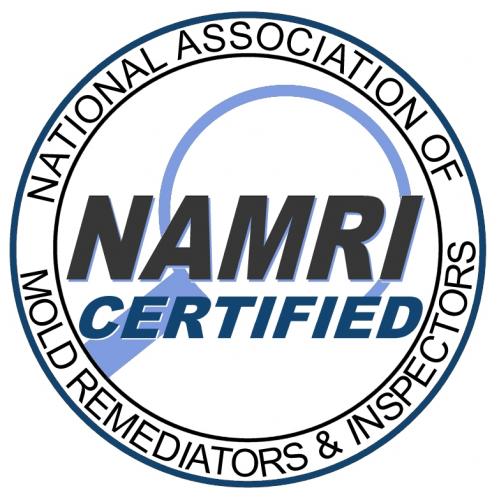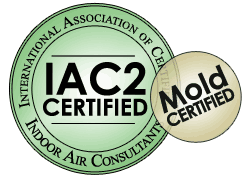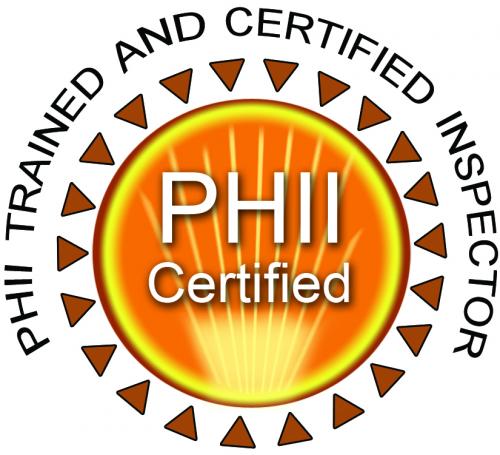|
JonathanMeeker's blogAnnual Roof Inspection HintsThe main purpose is to keep debris and water from collecting on your roof. Typically, this isn’t a major concern on its open areas, but in, on or around roof hips, valleys, penetrations and various flashings. However, if you have large trees or bushes that overhang, debris can accumulate on the open areas your roof. Be sure to take all necessary precautions for working high above the ground and hire a professional, if necessary. For general spring cleaning maintenance, check the following three areas to maintain your roofing system in peak condition: Chimney Cap & Masonry The “cap” is the flat part at the very top of the chimney. It can wear down due to moisture and weather and cause damage to the chimney itself. It is much more expensive repair if you wait until bricks start breaking loose. The cap should be beveled so that rain flows off to the side not into the chimney. If yours is flat, and you're not handy, hire someone to refinish and bevel the cap so water drains off the side, not down the chimney. If you are a skilled DYIer and the roof allows you to work safely, build a frame and pour concrete to achieve a slope. Siding, Soffit and Fascia Boards Soffit boards are the horizontal boards under the eaves and the fascia are the vertical boards the gutters are attached to. Cracks or separations can allow water penetration which can cause moisture damage. Replace as needed and match to the surrounding wood. Gutters Inspect, clean and re-attach as necessary. The gutter system removes water from your roofing system. If you don’t keep them clean, water can pool on the roofing surface and do a lot of damage and shorten the life of your roof. Look for roofing debris or pieces of shingles in the gutters which indicate the roof may need inspecting. Check the gutter bottoms for rusting and to be sure the gutter extensions discharge water at least 3’ away from the house. Also, check to make sure that you there is a proper slope away from the foundation. There should be at least a 6-inch slope for the first 10 feet running away from your home. Water too close to the foundation can cause flooding and deterioration. Shingles Check for proper Installation, and for gaps around pipes and corners. Old asphalt roofing shingles may show curling, cracking, tears, or loss of texture and grit. Slate and clay tiles may crack or chip. Aged wood shingles with heavy moss, wood rot, or lifting may need replacement. Shingles should extend ¾” past the roof decking and allow water to drip into the gutter. If the clearance isn't adequate, water will run down the fascia boards and cause rotting. To fix, either add a row of shingles around the roof or add aluminum flashing. Penetrations Skylights, exhaust pipes, roof vents, and so on are “holes” in your roofing system and need to be maintained to ensure its integrity Check for broken roofing tiles or shingles around the penetrations, caulking that needs to be replaced, broken or cracked glass/plexiglas, and excessive rust. Tree Overhangs This is one of the most often overlooked areas of roof maintenance. The beautiful trees around your home can damage or destroy your roof. Overhanging branches (even ones a good distance away) can fall and cause major roof/structural damage or winds can "scrub" shingles or siding off during storms. Trees and bushes that “overhang” can dramatically shorten the lifespan of a roofing system and need to be inspected and trimmed annually. This can be very dangerous, so please take the necessary precautions or hire a professional.
Submitted by JonathanMeeker on Wed, 05/18/2011 - 05:10.
|
Free recall check on all
appliances with each inspection!
    200% Guarantee DetailsOur 200% guarantee is so straight forward there is no need for fine print or searching endlessly…Here are the details in the front page;
If at time during inspection and before delivery of the report you do not like our services, what we are doing or any other matter, just tell us and we will leave..no questions asked. We will not charge you for the trip, time or anything else. We will then pay up to $300.00 for another inspector of your choice to come and complete your inspection upon presentation of their bill or receipt! |









